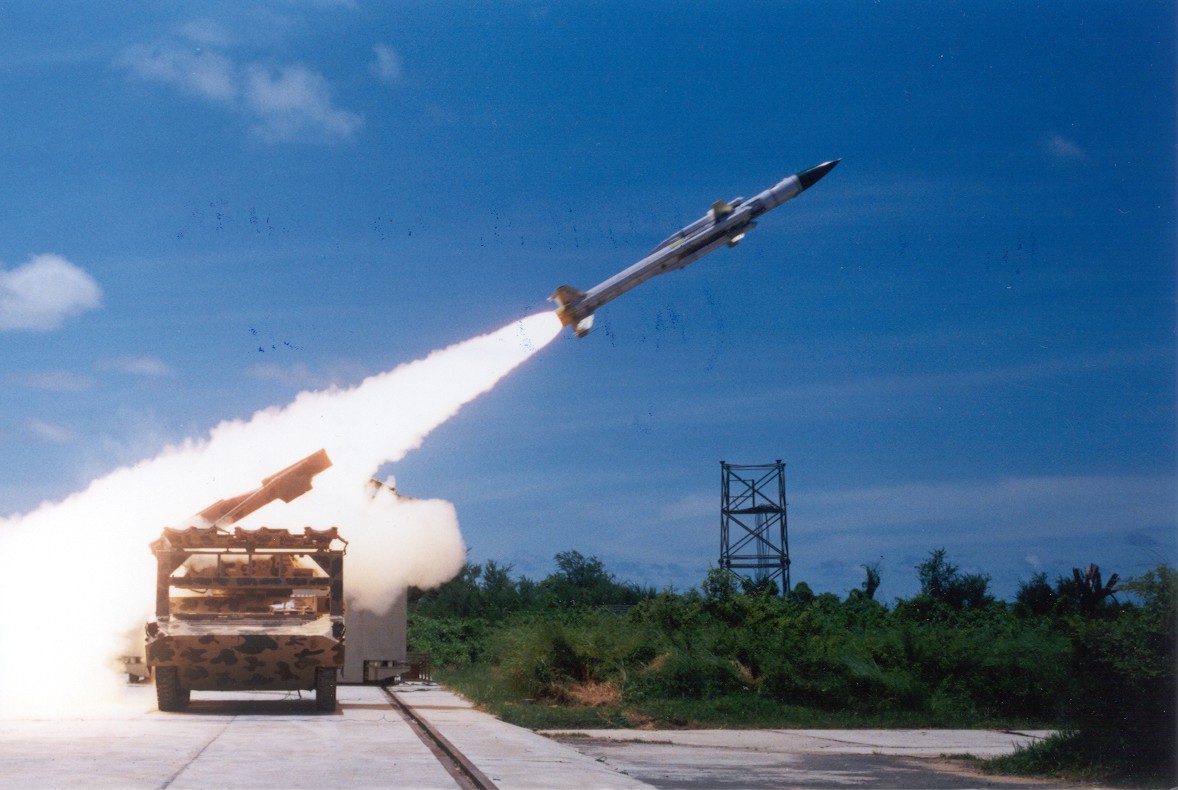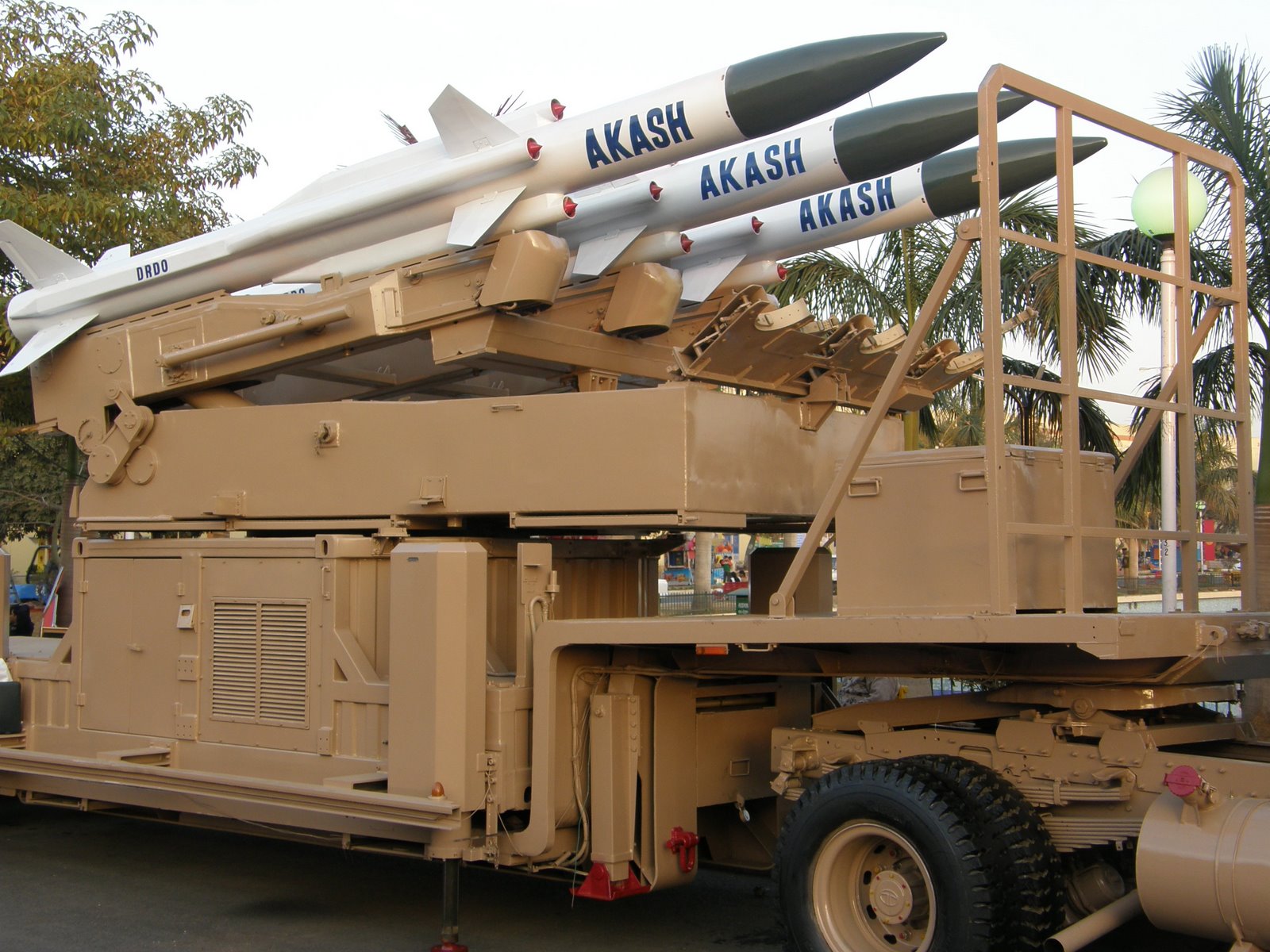

A huge 3-million-year-old canyon, thousands of feet deep in some places, has been discovered buried under a major river in Tibet. The canyon buried along the Yarlung Tsangpo (called the Brahmaputra in
India) in south Tibet was discovered by a team of researchers from
California Institute of Technology (Caltech) and the China Earthquake
Administration. The geologists say that the ancient canyon — thousands
of feet deep in places — effectively rules out a popular model used to
explain how the massive and picturesque gorges of the Himalayas became
so steep, so fast.
“When I first saw the data, I said, ‘Wow!’ It was amazing to see that
the river once cut quite deeply into the Tibetan Plateau because it does
not today. That was a big discovery, in my opinion,” said Prof.
Jean-Philippe Avouac of Geology at Caltech. “We used a paleocanyon that
was carved by a river. It’s a nice example where by recovering the
geometry of the bottom of the canyon, we were able to say how much the
range has moved up and when it started moving,” Prof. Avouac added.
Last year, civil engineers from the China Earthquake Administration
collected cores by drilling into the valley floor at five locations
along the Yarlung Tsangpo.





